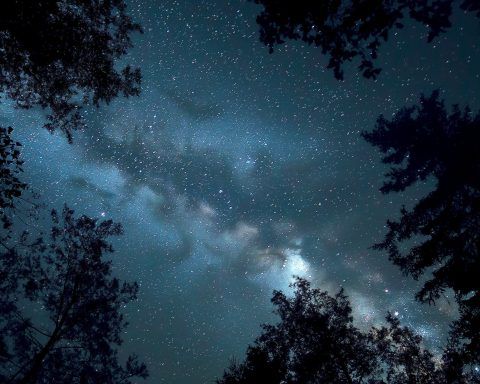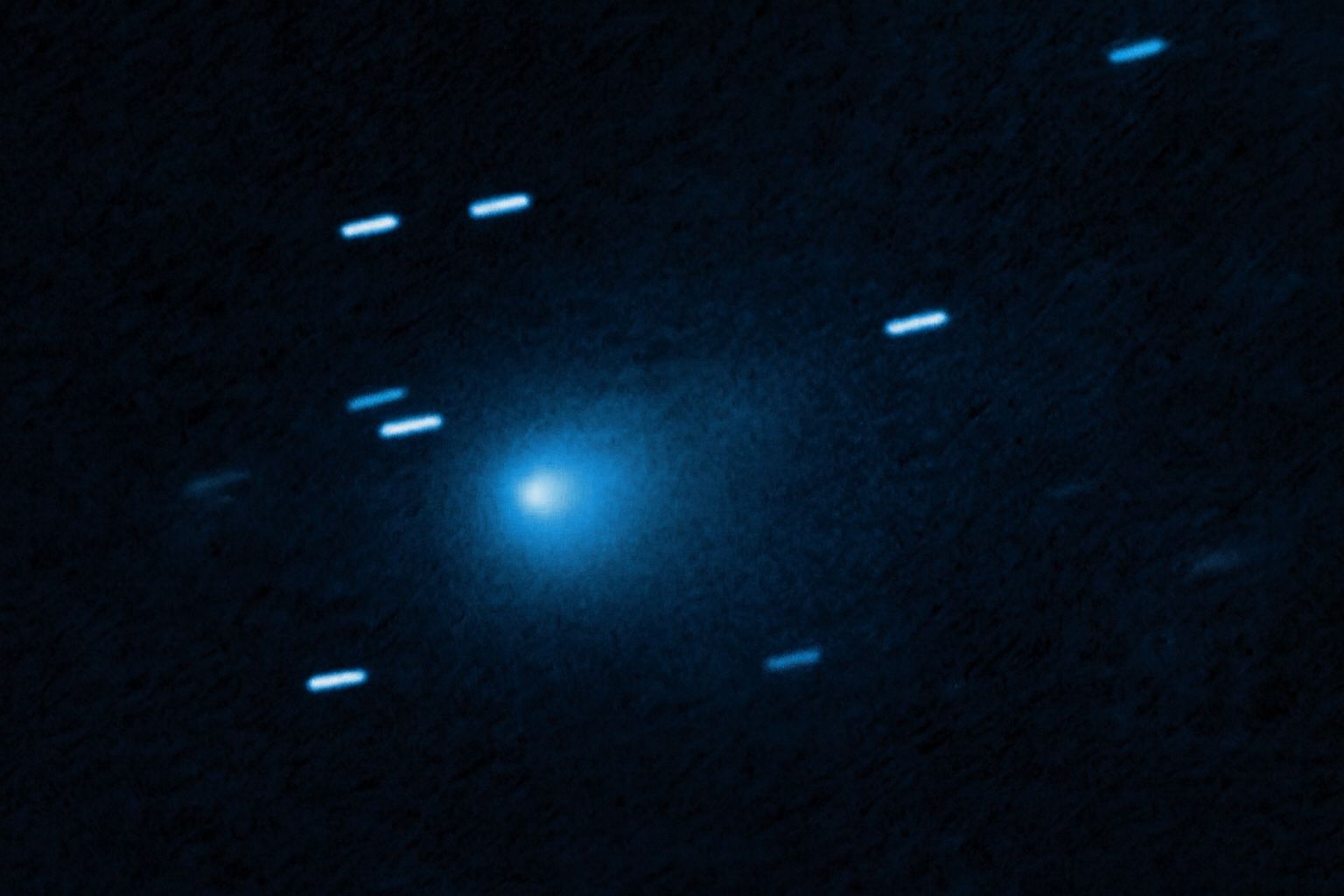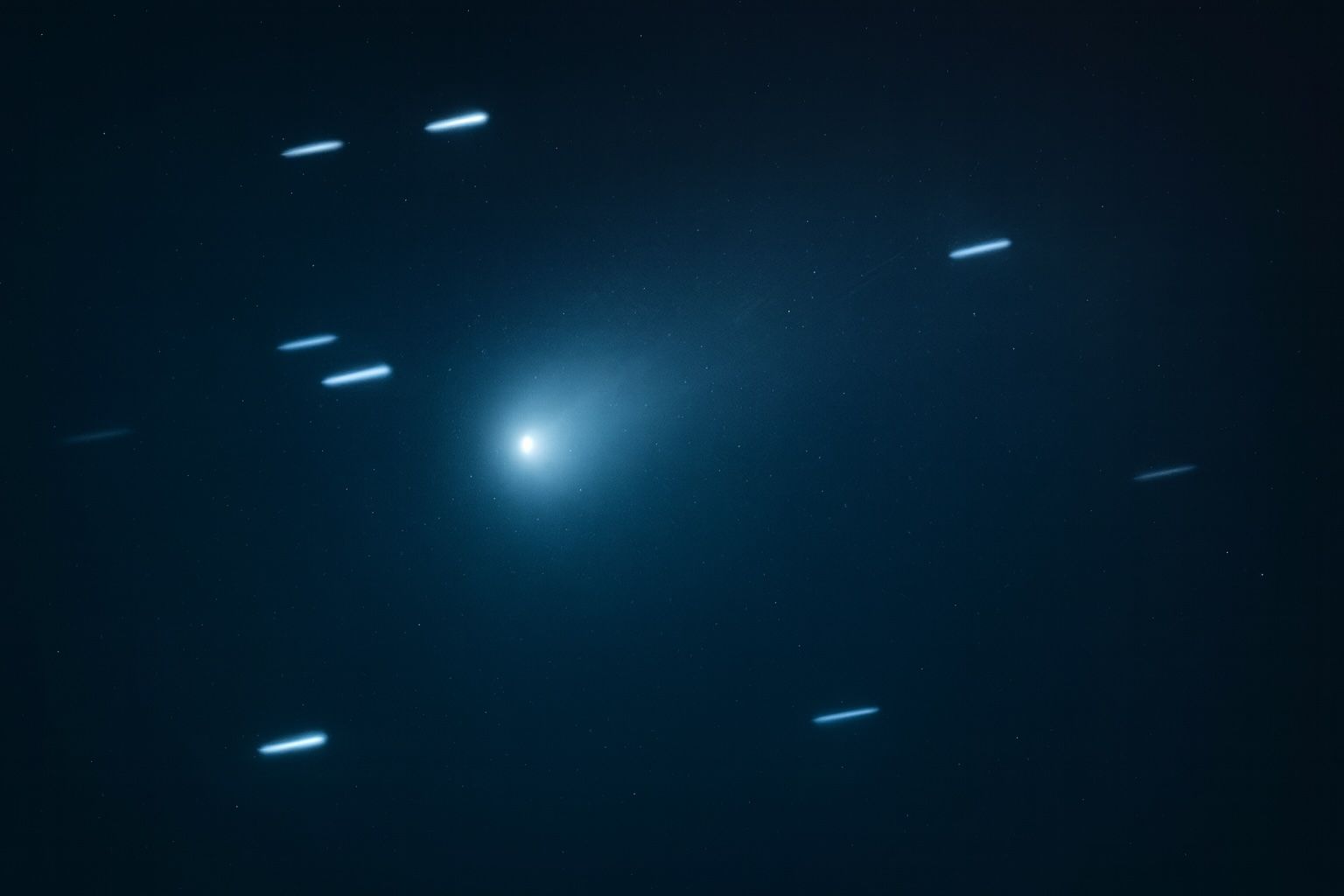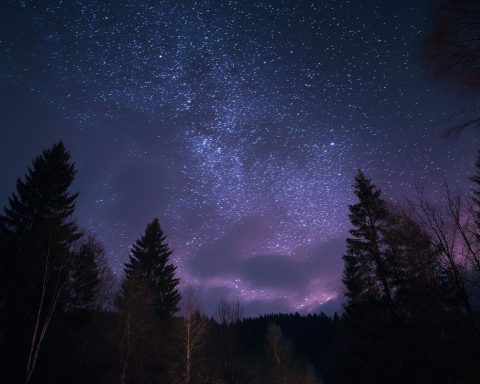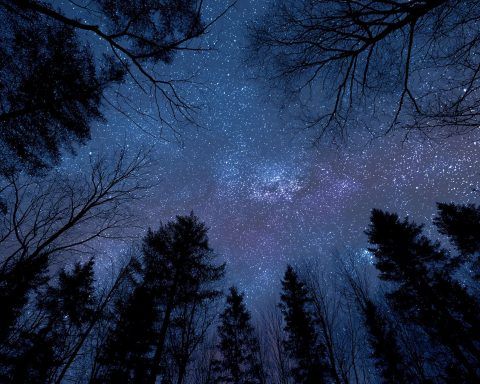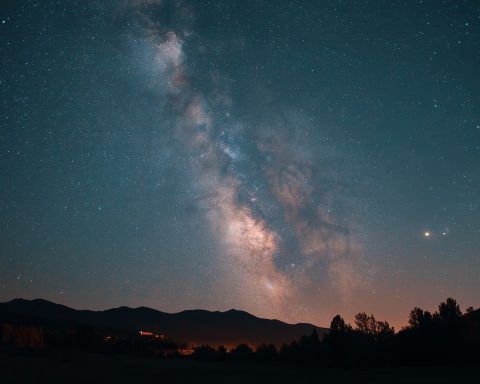
7 Celestial Events You Can’t-Miss on Oct. 3–4, 2025
<div markdown=”1″><!– Begin Satellite Passes Paragraph –> :contentReference[oaicite:27]{index=27}Satellites streak across the sky at dawn/dusk. SpaceX’s Starlink trains are often visible shortly after launch: bright, evenly-spaced lights that move together like a miniature “train”:contentReference[oaicite:28]{index=28}. (Recent launches mean new trains on the
